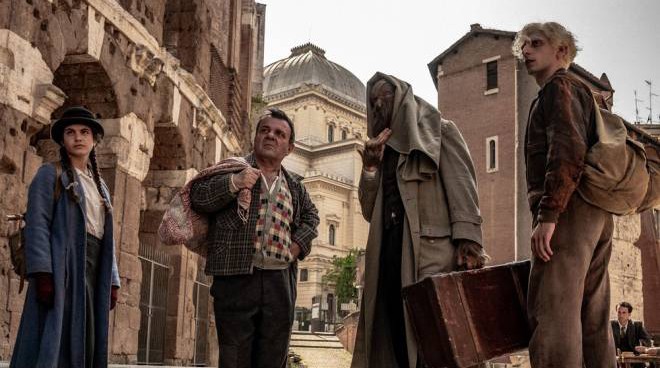The Zone of Interest - an ice-cold family story
There was no way to predict how would Jonathan Glazer's The Zone of Interest play out prior its screening, and in no way it met any sort of prevision whatsoever. It is a film that will haunt, confuse, disturb even, but still a masterwork.
The novel, The Zone of Interest, aims at disturb its reader by narrating the story of a family that seems ordinary, but is that of Rudolf Höß, one of the infamous officers in charge of Auschwitz. It is a warm book, emotion driven, aimed at a human characterisation of the historical figure. The adaptation by Glazer couldn't be further: Lukasz Zal's cinematography is comprised by distant shots of an apparently normal family in an ordinary house - if it's not for the smoke from behind the wall, the small details in the upper side of the screen. It is a surgical, emotionless staging of the action. A truly brilliant and simple mise-en-scène, even too simple for Glazer, who's known for the very experimental Under the skin.If one was to cut a side of the frame, for the first half of the film there would be absolutely no direct reference to what is happening on the other side of the wall, if not from some occasional sound effects. Sound is central to the film. More than through images, The Zone of Interest is a narration through sound, be it the eerie design that pervades most of the film, or the dialogue and effects.
In a way, The Zone of Interest is a perfect diptich to Laszlo Nemes' Son of Saul, which employs an opposite use of cinematography but also features an attention to sound design - as well as focuses more on the human emotions than Glazer's feature film.
The result is one of the most original films in competition at Cannes, a work that may or may not be appreciated, but that achieves to haunt its viewer permanently.



Comments
Post a Comment